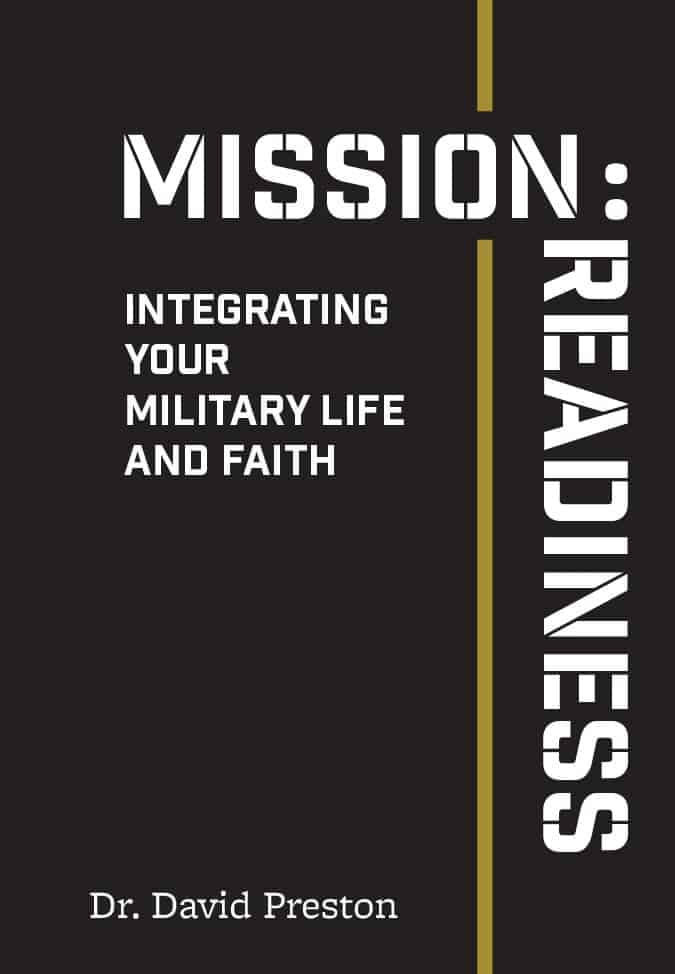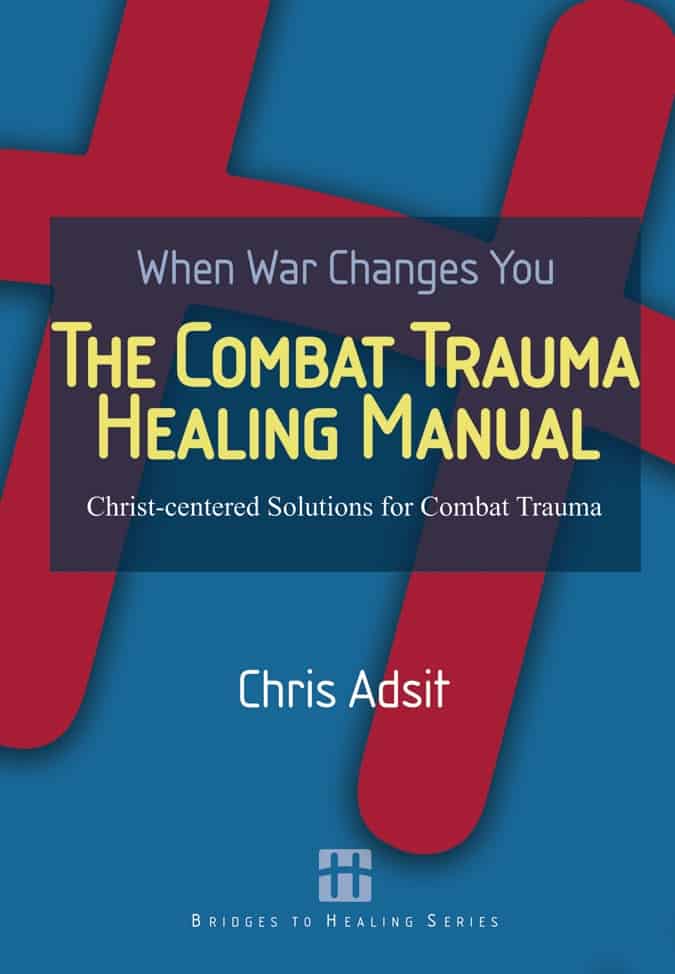Bible Study Methods: Collaborative Discipleship Lesson 1c

Below is an example of a simple method you can use to study the Bible.
Connect
In spite of whatever you may intellectually affirm (head knowledge), what does your current interaction with the Bible say about how you actually view it?
Cultivate
Summary: While there are several great methods of studying the Bible, here’s a simple method one can follow: Observation, Interpretation, Transformation and Application. To put it another way: What? Why? Who? and So What?
Read Matthew 7:15-23 and explore it using the Observation, Interpretation, Transformation, Application method. What specific questions can you think of for each section?
1. Observation — What?
Observation is taking a portion of Scripture and making some initial observations about it:
- What’s going on?
- Who are the characters?
- Where is this taking place?
- When did this take place?
- What does that word mean?
- Is this situation described anywhere else in the Bible?
- What is the context? (what comes before and after the passage)
Once you get a feel for some of these questions, try to keep an eye out for keywords or phrases, repeated words, contrasts and comparisons.
Discuss:- What observation questions can you think of for this passage?
- What can we observe in Matthew 7:15-23?
2. Interpretation — Why?
Interpretation refers to understanding the meaning or big idea of the passage. Resources that can be beneficial to this step are Bible dictionaries and commentaries. Ask questions such as:
- Why did God include this in his word?
- Why did the author write this?
- What is the historical and cultural context of this passage?
- What is true about God and his character?
- What sinful, broken or fallen condition is being addressed or corrected by this passage?
- How are people putting their trust in something apart from God? Why?
- What are the universal principles, beliefs and values that can be taken from this passage?
Keeping these questions in mind can help us understand the timeless truths in the passage.
Discuss:- What interpretation questions can you think of for this passage?
- How can we interpret Matthew 7:15-23?
3. Transformation — Who?
Transformation is about the truth of God’s love and grace and how we respond to him in repentance, faith and affection. This step helps us focus on the true goal of Bible study: knowing God instead of just knowing Bible facts. We can pray and ask God questions such as:
- God, In what ways am I looking to find life in things besides you?
- In what ways am I experiencing brokenness or the presence of sin in my life?
- In what ways am I seeking to earn your favor rather than living by grace?
- What do my actions suggest that I’m wrongly believing about your character, our relationship, and what you’ve said in your Word?
- Where can I begin to choose to trust you and your promises?
- In what way is Jesus the answer to my problem?
- God, remind me of the good news and all the wonderful things you have done for me.
- What transformation questions can you think of for this passage or in general?
- What does Matthew 7:15-23 tell us about the transforming love and power of God?
4. Application — So What?
In light of our interpretation and the transformative grace and truth we’ve discovered, how does the passage apply to us practically? To discover this, ask questions such as:
- What does God want me, or us, to believe, value or do?
- How is this different from my current beliefs, values, desires and actions?
- Are there commands, warnings, or encouragements in this passage?
- Is there anything discussed in this passage that I should avoid?
- In light of this passage, how does God want me to trust and follow him?
- How do my negative thoughts, feeling and actions point to the lies I’m believing about myself, God and others?
- What application questions can you think of for this passage?
- What application to our lives to you see in Matthew 7:15-23?
- Which one of these four steps seem to be the easiest and more difficult to do well?
Pray: In light of what we’ve discussed, how can we pray for each other right now?
Care
Since we last met, what happened as a result of expressing Christ’s love to others?
How can you, or we, express Christ’s love to others this week?
Here are a few ideas:
- Pray God would meet their deepest needs.
- Help meet a felt need they have.
- Encourage them with a text, note or verbally.
- Give them a thoughtful gift or buy them coffee.
- Invite them to do something fun or meaningful.
- Listen to their story.
- Explore their thoughts on the gospel.





















